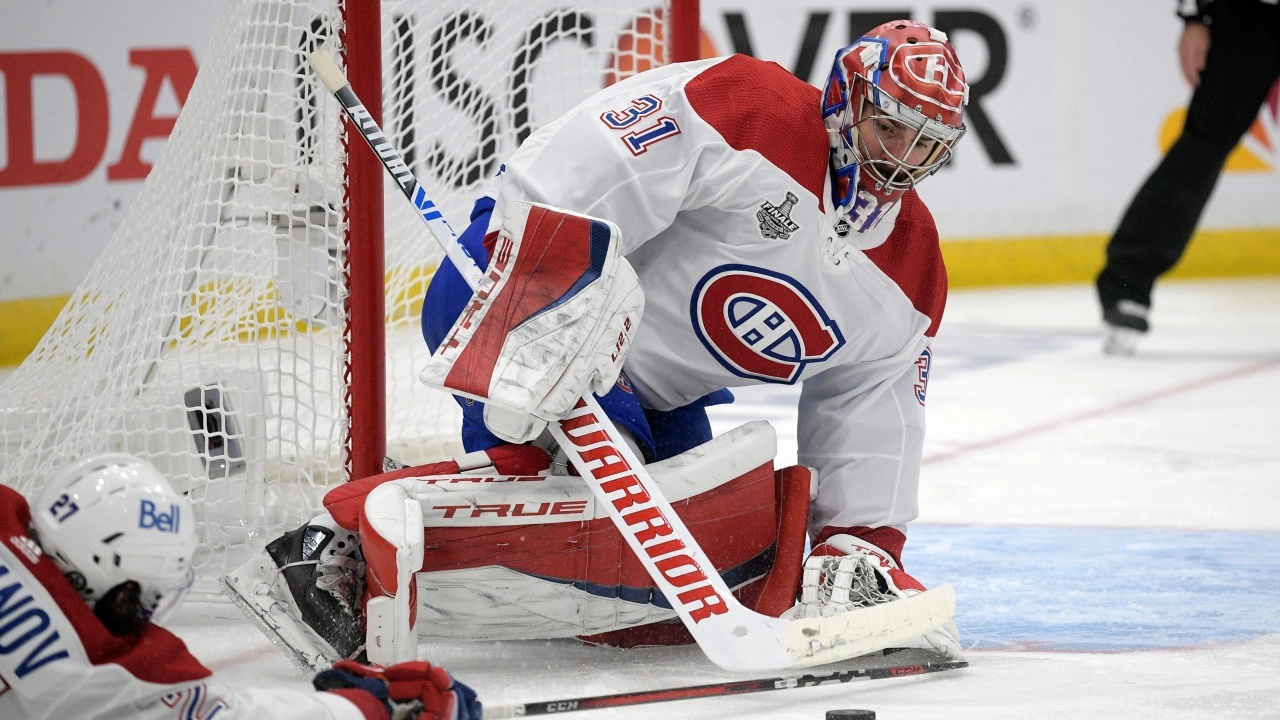Understanding the Basics of the Hockey Expansion Draft
The hockey expansion draft is a special event in the National Hockey League (NHL) that happens when a new team joins the league. This event is designed to help the new team become competitive by allowing them to pick players from existing teams. However, the process is not as simple as just picking any player. There are specific rules and constraints that the new team and the existing teams need to follow, which ensure fairness and balance in the league.
At its core, the expansion draft is a strategic game of chess. It involves a lot of planning and decision-making, not just for the new team, but for the existing teams as well. They have to decide which players to protect and which to expose for the draft, while the new team has to decide which players to pick and how to build their initial roster.
What Are the Rules of the Hockey Expansion Draft?
There are specific rules that govern the expansion draft. These rules outline how many players an existing team can protect, which players are eligible for the draft, and how many players the new team can pick. Generally, existing teams can protect seven forwards, three defensemen, and one goalie, or eight skaters (forwards/defensemen) and one goalie.
There are also rules regarding player eligibility. Players with no-movement clauses in their contracts must be protected unless they agree to waive the clause. Additionally, first and second-year professionals, as well as all unsigned draft choices, are exempt from selection and don't need to be protected.
The new team, on the other hand, is required to select one player from each existing team during the expansion draft. However, they have to ensure that their selections meet certain criteria in terms of contract status and position.
Strategies for Existing Teams During the Expansion Draft
The expansion draft can be a stressful time for existing teams as they have to make tough decisions about which players to protect and which to expose. One common strategy is to protect the team's core players, which usually includes their top forwards, defensemen, and goalie. However, this often means exposing some valuable role players, which can be a big loss for the team.
Another strategy is to make side deals with the new team. This involves the existing team agreeing to trade certain players or draft picks to the new team in exchange for the new team not selecting certain exposed players. This can be a win-win situation for both teams, as the existing team gets to keep their desired player, and the new team gets additional resources to build their roster.
Strategies for the New Team During the Expansion Draft
For the new team, the expansion draft is like a golden opportunity to build a competitive roster from scratch. The key here is to select players who can provide immediate impact, while also looking at long-term potential. It's also important to consider the team's cap space and contractual obligations when making selections.
Another important strategy is to leverage the expansion draft for additional assets. This can be done by selecting players with the intention of trading them later, or by making deals with existing teams to receive draft picks or prospects in exchange for not selecting certain players.
The Impact of the Expansion Draft on the League
The expansion draft can have a significant impact on the league. It can shift the balance of power, create new rivalries, and introduce new dynamics. For the existing teams, it can mean losing key players and having to adjust their strategies. For the new team, it's a chance to make a strong start and establish their identity.
Despite the challenges and uncertainties, the expansion draft is a thrilling event that brings excitement and anticipation. It's a testament to the growth and vitality of the game, and a reminder of the strategic depth and complexity of hockey.
